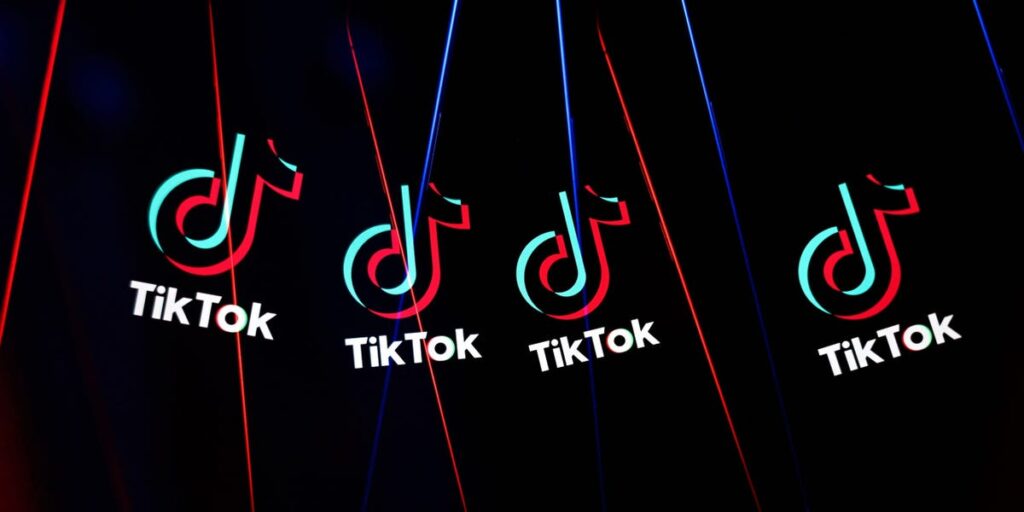- TikTok restored services in the US after 12 hours of downtime, easing some creators’ concerns.
- Creators rely on TikTok for income, from product sales and ad deals to the app’s affiliate program.
- With TikTok’s future still uncertain, some creators are planning to diversify how they sell online.
TikTok restored services in the US on Sunday, easing the concerns of content creators and entrepreneurs who make their living from the platform — at least for now.
The platform was down for 12 hours starting late Saturday night and was restored following a Truth Social post by President-Elect Donald Trump, who said he’d issue an executive order on Monday to delay the ban. TikTok’s future remains unclear, as its China-based parent company, ByteDance, has so far refused to divest from the app as required by law, but for now, the economy driven by TikTok can continue to churn.
“My whole livelihood was on the line this weekend,” Live shopping host Kimberly Balance told Business Insider. “Never experienced anything like this the entire time that I’ve been a business owner.”
Balance, who goes by KIMMIEBBAGS, sells luxury consignment goods on TikTok, Instagram, and the marketplace platform Whatnot. Last week, she relocated her business from Florida to California to expand her live shopping operations.
Balance was set to host a six-hour live shopping show on TikTok on Saturday as part of a new live shopping partnership she had struck with Reunited Luxury. On Thursday evening, TikTok informed her that her Friday meeting with the platform’s luxury sales manager was canceled. Her show on Saturday was canceled soon after, in a blow to her business’ revenue.
Since it launched in 2023, TikTok’s online marketplace, TikTok Shop, has quickly become a prime source of revenue for creators on the platform. The app also has an affiliate program where creators can earn a commission for sales they help drive by tagging products in videos or live streams. Creators can also package products from different sellers on their profiles for users to search through. TikTok takes a cut of each transaction.
In its April 2024 economic impact report, the company said TikTok “brings tens of billions of dollars to the US economy,” including $15 billion in revenue to small businesses that use the app, supporting more than 224,000 jobs. Business Insider could not independently confirm these internal statistics.
Before TikTok “went dark” on Saturday night, some creators on the platform told Business Insider they worried the ban could hurt them financially.
In a press release for the social media app Own, one creator, ChalkDunny, said he made more than 60% of his income in 2024. Another creator, izzybizzyspider, said in the release that TikTok is her “biggest source of income and biggest platform.”
She warned that creators on the app have to be “prepared to be flexible and adapt quickly.”
Nadya Okamoto, founder of menstrual-care brand August, which sells products on TikTok, told Business Insider she is “relieved” that TikTok came back online. However, she said the ongoing volatility over the ban prompted her to develop a contingency plan that reduces her reliance on the app.
“I’ve been encouraging my followers to connect with me on platforms like Instagram and YouTube for updates,” she said. “I’m also exploring other affiliate shopping opportunities, such as YouTube Shop, where I’ve started adding shoppable products—particularly in my skincare-related videos.”
Balance said she plans to switch up the platforms where she does business, given TikTok’s still-uncertain future.
“We’re going to continue probably to lean on the other channels like Instagram and possibly launch a YouTube,” she said. “I think this is just an eye opener for all small businesses that we need to have a diverse way to reach our audiences.”
TikTok did not immediately return a request for comment from Business Insider for this story.
Read the full article here


